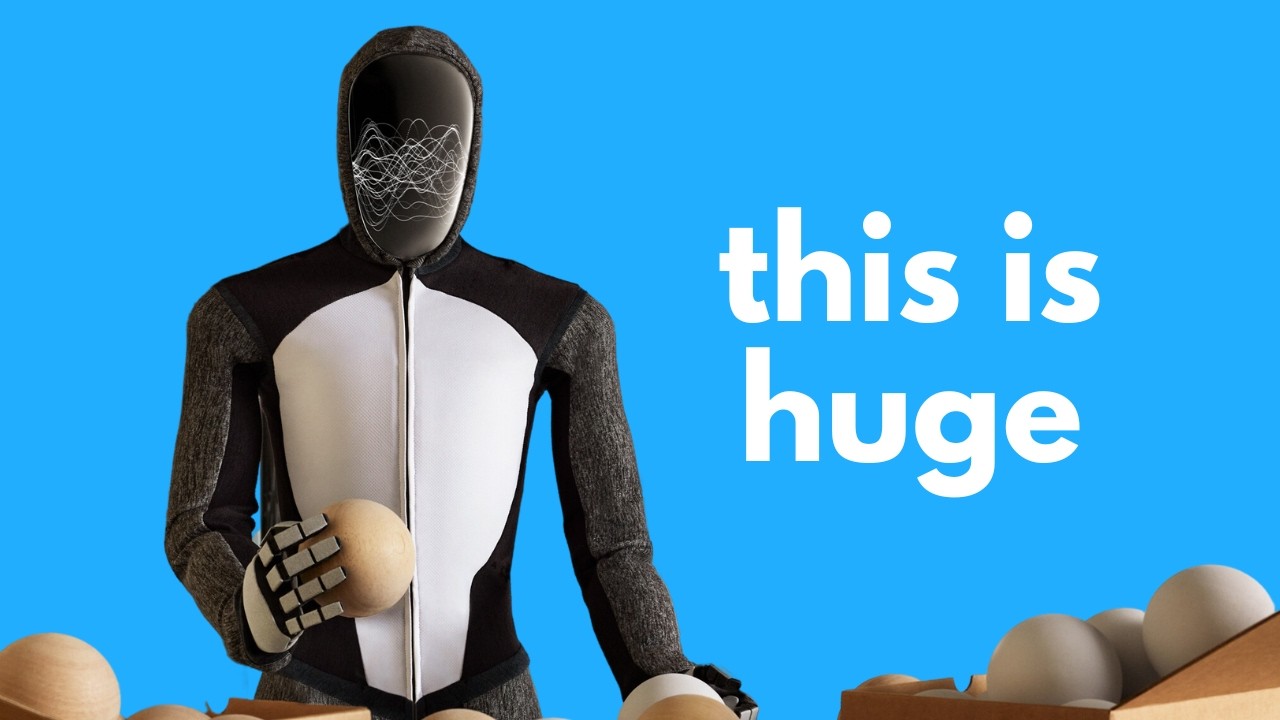This week in AI highlights significant advancements, including the introduction of the AI n model for near-perfect cancer detection and Alibaba’s Quenu VL model, which outperforms GPT-4 in various benchmarks. Additionally, innovations like the humanoid robot Neo, mushroom-powered biohybrid robots, and Google’s real-time Doom generation showcase the rapid evolution and diverse applications of AI technology.
This week in AI has seen remarkable advancements, including the introduction of a new AI model called AI n, which excels in detecting cancer and viral infections. Trained to differentiate between cancerous and normal cells, AI n boasts an accuracy close to 100%. It analyzes high-resolution images of cells using a technique called STORM, which reveals minute details that traditional microscopes cannot capture. This AI can detect changes as small as 20 nanometers, significantly improving the speed and accuracy of disease diagnosis, potentially allowing doctors to identify infections from simple blood samples within an hour.
Another exciting development is the humanoid robot named Neo, created by 1X Technology. Standing at 5.5 feet and weighing only 66 pounds, Neo can lift double its weight and perform various household tasks, including walking, jogging, and climbing stairs. Its bio-inspired design mimics human muscle structure, enabling smooth and natural movements. Neo is equipped with AI that allows it to follow natural language commands, making interactions more intuitive. Safety was a key focus in its design, with features that minimize injury risks during interactions, positioning Neo as a practical assistant for both home and industrial settings.
Alibaba has also made headlines with its new AI model, Quenu VL, which reportedly outperforms GPT-4 in several benchmarks. This multimodal model can understand both images and text, handling complex tasks and analyzing videos over 20 minutes long. While the full 72 billion parameter model is not yet accessible, smaller versions have been released for public use. This development highlights the competitive landscape in AI, particularly as Chinese companies continue to innovate despite restrictions on access to advanced computing hardware.
In a fascinating intersection of biology and robotics, researchers at Cornell University have developed biohybrid robots powered by mushrooms. These robots utilize a specific fungus that can send electrical signals, allowing them to respond to various environmental stimuli. This innovative approach combines knowledge from multiple fields, including mechanical engineering and mycology, to create robots that can react in versatile ways. Although still in early stages, this research represents a groundbreaking step in integrating biological elements into robotic systems.
Lastly, Google Research has unveiled an AI capable of generating the classic video game Doom in real time, showcasing the potential for AI to revolutionize video game design. This model operates on a single tensor processing unit, a significant achievement compared to the extensive hardware typically required for large language models. Additionally, Magic has introduced the LTM2 mini model, which can process an astonishing 100 million tokens at once, vastly surpassing current models. These advancements, along with OpenAI’s ongoing funding efforts and collaborations with the U.S. government, indicate a rapidly evolving landscape in AI technology, with implications for various industries and applications.
